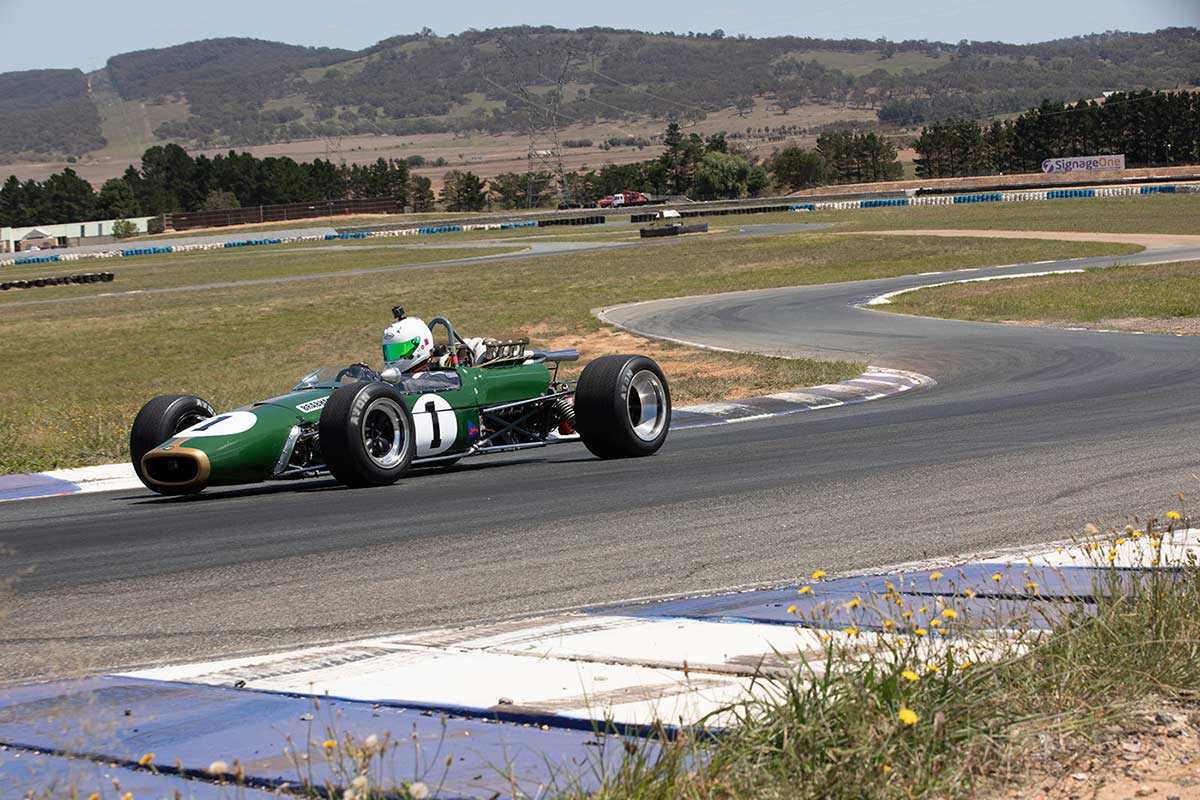The Museum’s Conservation program is responsible for maintaining and preserving the richness of the National Historical Collection for all Australians to access, explore and treasure. The conservation of large technology provides an opportunity to literally bring to life the cars, motorbikes, trucks and other vehicles in the Museum’s collection. Wherever possible, historic vehicles are kept in fully functional condition. Conservators in this area work closely with Museum curators and dedicated volunteers to research and collaborate on conservation efforts. Teams working and providing advice on the collection include former and recent vehicle owners, automotive experts, valuers, specialised craftspersons and people with historical associations to the collection.
It means that the diverse collection — ranging from the 1925 Sundowner Bean 14hp driven by Francis Birtles on his record-breaking journey from London to Melbourne in 1927, to the 1920s Model-T Ford truck used to promote Aeroplane Jelly from 1978 to 1988, and the Model 48-215 (FX) Holden sedan, the first commercially sold Holden in Australia — can be preserved, and even driven, to the delight of Museum workers and visitors.
One of the centrepieces of the Museum’s historic vehicles collection is the 1967 Brabham BT23A-1 Repco V8 prototype race car. Built and driven by Australian racing legend Sir Jack Brabham AO, OBE, the Brabham prototype is representative of Australia’s motoring history and of the mark Australia made on the racing world. The Museum acquired the vehicle in 2017 in excellent working condition. The Museum made a commitment at the time of acquisition to maintain the prototype in its intended functional racing condition with regular monitoring, vehicle maintenance, cleaning and an annual run.
In March 2019, the Museum took the Brabham prototype to Melbourne to take place in festivities associated with the 2019 Formula One Australian Grand Prix. The car was displayed in the Grand Prix Corporation’s Innovation and Technology Hub from 14 to 17 March, delighting an estimated 16,000 car racing enthusiasts. The Museum worked directly with Sir Jack Brabham’s youngest son, David Brabham, as well as the Australian Grand Prix Corporation, to display the prototype for the first time alongside the original 1959 Cooper-Climax T51 and 1966 Repco Brabham BT19 cars, as well as Brabham Automotive’s new BT62 racing car. The opportunity to show the cars together enhanced the public’s understanding of the context and significance of the vehicle. Members of the Museum’s Lifelong Learning team were on hand to speak with interest groups and communities in Melbourne, sharing insights into the Museum’s broader collection holdings, as well as the essential role of conservators in caring for different types of collections.
The display of the Brabham prototype at the Grand Prix demonstrates the Museum’s commitment to making collections accessible outside of the traditional museum environment. The Museum is now planning to take the Brabham prototype and other vehicles in the collection to spend a day on the track at Wakefield Park, Goulburn, later in 2019. These kinds of activities celebrate the Museum’s expert conservation program and its important role in sharing the collections across communities, places, cultures and time.
